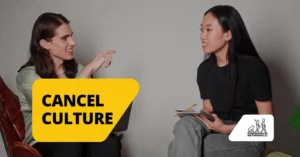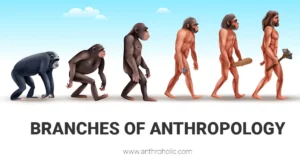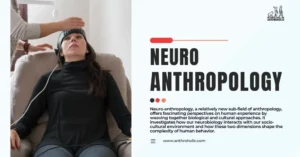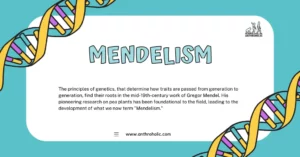AI Answer Evaluation Platform Live Now. Try Free Answer Evaluation Now
Gender in Folklore
Folklore, a vibrant assembly of cultural expressions, has long been a fertile field for exploring gender perspectives. It’s a canvas on which societies paint their gender norms, roles, and expectations, offering anthropologists valuable insight into the underlying cultural structures of societies past and present.
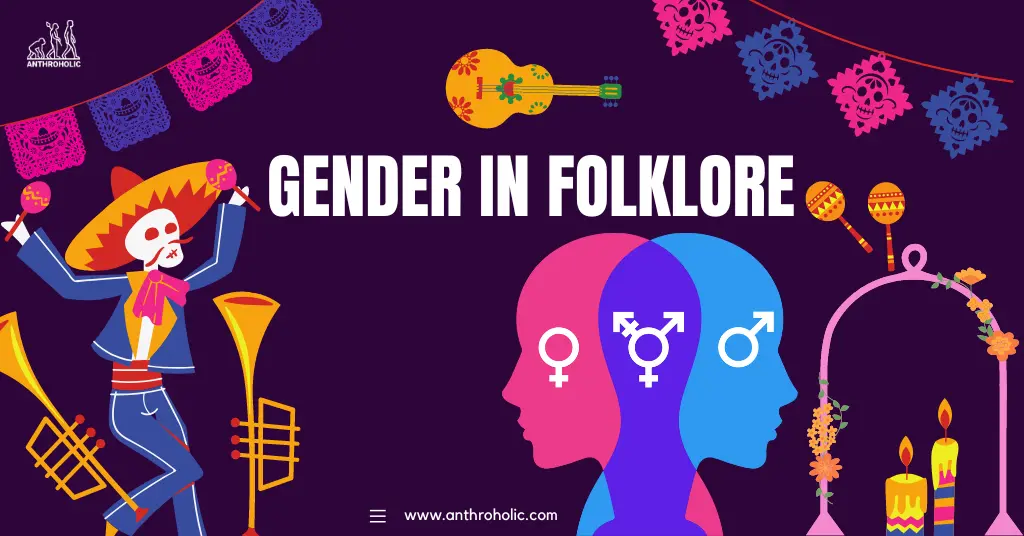
Gender Roles and Folklore
Rooted in traditions and cultural norms, folklore frequently mirrors societal gender roles [1]. These roles can be decoded through various mediums, including but not limited to:
- Myths and Legends: They often accentuate societal roles, with male characters undertaking heroic quests, while female characters are projected as nurturing figures or damsels in distress [2].
- Folk Songs and Ballads: Women are often portrayed in stereotypically feminine roles, while men are highlighted in active, assertive roles.
- Rituals and Celebrations: These often involve gendered participation, underscoring the differences and roles designated to each sex [3].
The Feminine and the Masculine in Folklore
Folklore also propagates certain archetypes of femininity and masculinity. The heroic, strong man and the beautiful, virtuous woman are common themes in many cultures [4]. However, these representations also vary across different societies, reflecting the cultural context.
Table 1: Representation of Gender in Various Cultures’ Folklore
| Culture | Feminine | Masculine |
|---|---|---|
| Western | Beauty, Nurturer | Strength, Heroism |
| African | Wisdom, Life-giver | Power, Ancestors |
| Asian | Grace, Sacrifice | Wisdom, Courage |
Transgression of Gender Norms in Folklore
While folklore often reinforces gender norms, it also provides a platform for subverting these norms. Folktales of women as warriors or men as nurturers showcase a deviation from typical gender roles. Examples include Mulan in Chinese folklore or the nurturing father figures in Native American tales. These narratives offer an alternative perspective, challenging conventional gender norms.
Gender and Power Dynamics
Power dynamics and gender are intrinsically linked in folklore. The dominant group often wields power, reflecting societal structures. Men are frequently portrayed as leaders, warriors, or holders of knowledge, reflecting their historical status in patriarchal societies. However, women also hold power, often in more subtle or subversive ways, such as using cunning or wisdom to navigate challenges.
Gender in Folklore: A Lens for Cultural Change
The representation of gender in folklore also signals societal shifts. Changes in gender portrayals often reflect broader societal changes, with emerging narratives that challenge and redefine traditional roles.
Table 2: Evolution of Gender Roles in Folklore Over Time
| Time Period | Feminine | Masculine |
|---|---|---|
| Traditional | Passive, Dependent | Active, Dominant |
| Modern | Active, Independent | Vulnerable, Emotive |
Conclusion
In conclusion, gender in folklore serves as a rich tapestry that mirrors societal values, roles, and dynamics. It reaffirms and challenges traditional gender roles and acts as a barometer of societal change. For anthropologists, it offers a wealth of knowledge about the interplay of culture and gender across time and space.
References
[1] Dundes, A. (1980). Interpreting Folklore. Indiana University Press.
[2] Leeming, D. (1990). The World of Myth. Oxford University Press.
[3] Glassie, H. (1995). Passing the Time in Ballymenone. Indiana University Press.
[4] Tatar, M. (2003). The Hard Facts of the Grimms’ Fairy Tales. Princeton University Press.

